CP 101: What to know
So CP — is complex, but here’s a short breakdown that will help anyone understand a little better:
“Cerebral palsy refers to a group of neurological disorders that affect body movement and muscle coordination.
It is one of the most common motor disabilities to appear in childhood.
Cerebral palsy results from brain damage or abnormal brain development that affects an individual’s ability to control their muscles.
People with severe cerebral palsy may need support from others and use special equipment to move, eat, and get around. Individuals with mild cerebral palsy, on the other hand, may show few symptoms.
Although this disorder does not worsen with time, its presentation can change.” 1
What CAN also change are the outcomes for people living with and affected by CP.
These outcomes are defined by the actions of families, loved ones, doctors, therapists, aides, teachers, and school boards.
They are improved when all those involved identify individuals with CP need to grow physically and mentally and then put together a plan of action.
Plans of action sound big and serious, but they come in all sizes and are often lots of fun.
Take riding a bike. This is a rite of passage for millions of children, including my twin sister Marlowe.
I'm not able to ride a ‘regular’ bike yet.
But I wanted that experience, so my parents put a plan into action.
They read about adaptive bikes. They found a manufacturer. Then, they found a non-profit that helps kids like me get a bike. Thanks to all that (and a LOT of paperwork ; ) I now go on bike rides too — and LOVE them.
I am thankful for all those around me have done to help my journey, and with their help, I will keep moving on to — and past — countless milestones.
With your support, we can help other kids like me create action plans or help accomplish them and grow.
1 The information on CP was provided by the Birth Injury Center. Visit their page to learn more about Cerebral Palsy including types, symptoms, diagnosis, treatments, and resources.


